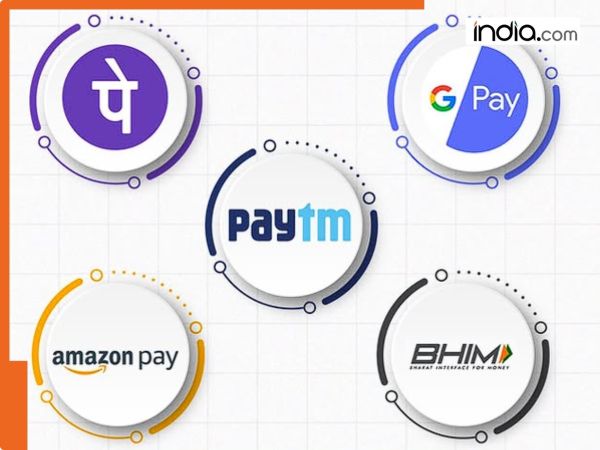
The National Payments Corporation of India (NPCI) reversed the UPI Mapper rule. The UPI Mapper initiative was taken by NPCI to allow UPI users to select a third-party UPI app (TPAP) to receive UPI payments. The goal of the UPI Mapper initiative was to break the monopoly that current UPI market leaders such as PhonePe Google Pay and Paytm have on UPI users by ending their default edge and allowing them to allow customers to select their own default TPAPs. This reversal was requested by NPCI after the announcement of the initiative to create more user-empowering options and support TPAP interoperability. UPI Mapper Rule: What You Need To Know What is a UPI ID? A UPI ID is what a UPI user registers with the system which takes the form of a UPI username@upi. It is also the same as a user’s mobile number. What was the default UPI setting before the UPI Mapper Rule? Before the UPI Mapper rule a UPI user’s first TPAP registered with would be the default TPAP. This is how transactions work: when a UPI ID is mentioned on a platform that UPI app would pop up automatically. Example: In the pre-UPI Mapper setting if a user had first registered with PhonePe as their TPAP they would automatically be taken to the PhonePe application to make a UPI payment. Even if that user installed a different TPAP after PhonePe UPI payments to that UPI ID would still default to the PhonePe app. How would the UPI Mapper rule work? The UPI Mapper rule would stop the UPI system from automatically redirecting the user to the TPAP they first registered with. Instead users can choose their own TPAP for receiving UPI payments. Example: Post the UPI Mapper rule if a user first registered with PhonePe but then wanted to use Paytm as their TPAP for receiving UPI payments they would now be able to change that preference. This would mean that a UPI payment to that user would be sent to the Paytm application instead of PhonePe. What were some of the effects of the UPI Mapper initiative? TPAPs were forced to quickly adapt to the change causing them to hit roadblocks and face glitches and operational issues which caused some problems for UPI users who had to deal with changes to a UPI flow they were used to resulting in the initiative backfiring somewhat at least in the short term. Why did NPCI back down on their initiative? Due to the large amount of issues this new UPI rule caused both in TPAPs as well as UPI users NPCI was forced to back down on their initiative until these kinks could be worked out by the TPAPs to ensure that the digital payments infrastructure could remain stable.
-
Morrisons issues urgent product recall over 'allergy health risk' - 'Do not eat!

-
Bigg Boss 19: Amaal Mallik Might Take An Exit From The Reality Show?

-
Tess Daly's cryptic nine-word Strictly exit hint just weeks before announcement

-
Govt allots another 3 coal blocks for mining to successful bidders

-
This Pune Startup Is Banking On Tech To End The 'Unrecyclable' Plastic Pandemic
